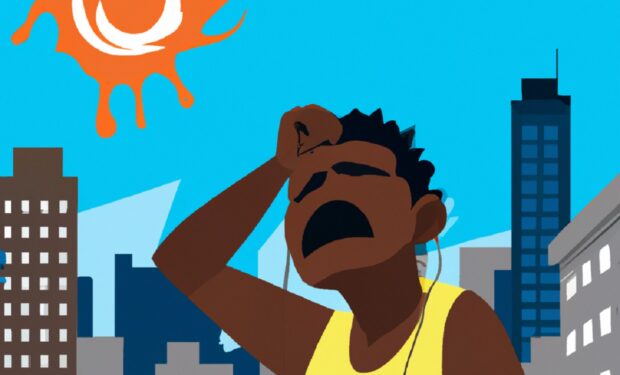Modern city dwellers face numerous stressors that can “magnify inequalities” between population groups and “lock them in” according to a new study — and one of the major stressors is rising heat.
Examining “income-based disparities in heat exposure”, Yale-educated TC Chakraborty of the US government’s Atmospheric Sciences and Global Change Division and his co-authors found that “poorer urban residents live in hotter areas.”
As heatwaves have beset American cities in recent years, “historical and prevailing policies” remain in place that create inequities in how the heat affects different urban populations and communities, says the study, which examines urban heat stress disparities in the United States due to residential segregation. The study uniquely takes into account humidity as a factor, a condition largely unmeasured in previous “large-scale observational heat risk assessments.”
Urban community segregation, including the historically common program of neighborhood redlining, affects how residents of different communities are impacted by rising temperatures. In Residential Segregation and Urban Heat Stress Disparities in the United States, the authors assert that greater understanding of these effects is critical as governments work to implement policies that equitably battle rising heat and its social and economic costs.
Heat stress is a growing problem planet-wide, of course, affecting everything from sustainable food production to construction and transportation. In crowded cities, it is an acute quality of life issue that exposes and exacerbates existing urban inequalities.
While it may seem that heat would affect city residents equally, the study instead shows through scientific modeling that “given large urban heterogeneities, heat exposure is not likely to be equally distributed within cities.”
Where previous studies have relied on satellite-derived land surface temperature measurements that lacked nuance and ground-level specificity, the new study uses numerical model simulations that develop a more informed picture, resulting in research that “suggests a correlation between high temperatures and economically vulnerable neighborhoods.”
